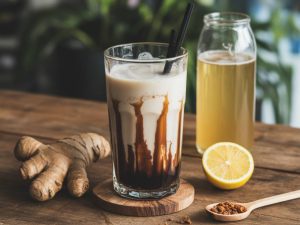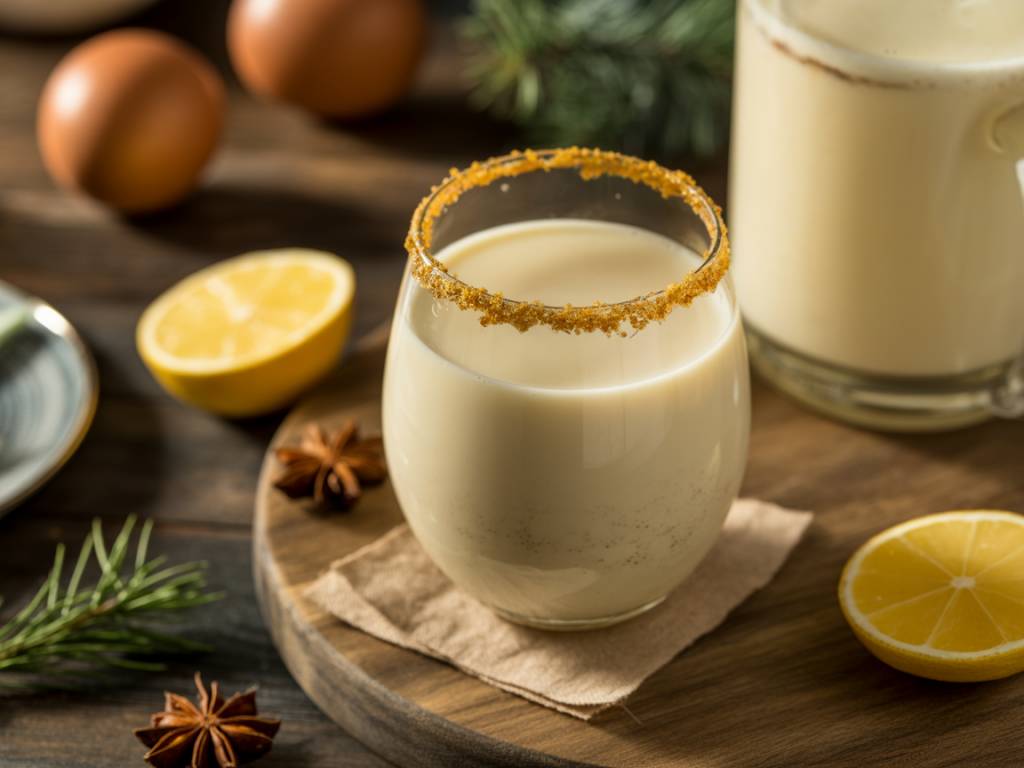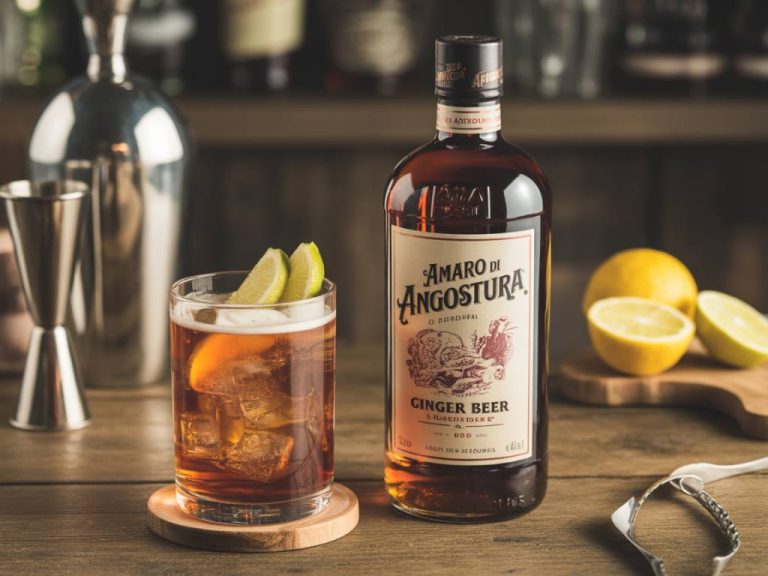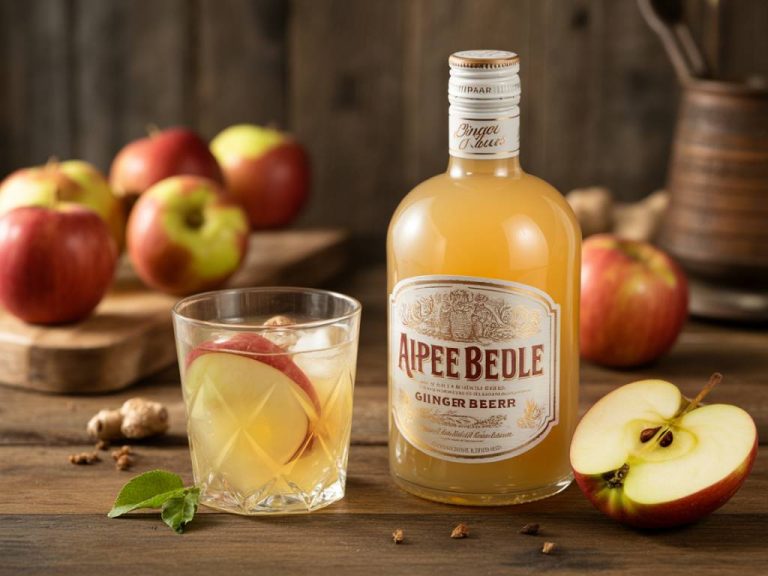The Curious Case of Eggnog with Tequila
Few drinks evoke holiday nostalgia quite like a glass of rich, velvety eggnog. With its blend of cream, eggs, nutmeg and a whisper of bourbon or rum, it’s a fixture of festive tables in Europe and North America. But what happens when you take this centuries-old classic and give it a modern agave twist? Welcome to the bold, aromatic world of eggnog with tequila—where tradition meets spirited innovation.
As a former nutrition consultant turned mixology devotee, I’ve long held eggnog at arm’s length. It’s indulgent, yes, but also teetering on the cloying. So when a bartender friend swore by “Nogtquila” at a party last December, my curiosity piqued. Could the depth and spice of a good tequila elevate eggnog into something more compelling, even better balanced? The short answer: Absolutely.
This article breaks down the how and why behind tequila-spiked eggnog—from flavor science and spirit selection to nutrition notes and preparation tips. Let’s dive in.
From Colonial Cups to Contemporary Shakers: A Brief History
Eggnog’s roots trace back to the 17th-century British “posset,” a hot, milky ale or wine-based drink seasoned with spices. Over time, American colonists, with greater access to dairy, eggs, and rum, morphed it into “egg and grog,” a rich festive treat. The addition of spirits served both celebratory and preservative purposes—alcohol was a rudimentary safeguard against bacteria in raw eggs.
Traditionally, eggnog is made with:
- Egg yolks and whites (sometimes whipped separately for texture)
- Dairy—cream and/or whole milk
- Sweetener, usually sugar
- Aged spirits like bourbon, brandy, or dark rum
- Warm spices: nutmeg, cinnamon, sometimes clove or vanilla
While bourbon brings warmth and sweetness, and brandy adds floral top notes, tequila offers something far more intriguing—a vegetal backbone and a peppery kick.
Why Tequila? The Flavor Science Explained
To understand why tequila works so well in eggnog, we need to consider the chemical dance between its flavor compounds and the rest of the drink.
Tequila, especially the aged varieties like Reposado and Añejo, contain congeners—organic compounds formed during fermentation and aging—that contribute complexity. Think vanilla, caramel, dried fruit, and faint smoke. Those marry perfectly with eggnog’s existing ingredients, which include sugars (lactose and sucrose), egg proteins and milk fats—all of which act as flavor carriers.
Then there’s the surprising synergy of capsaicin and ethanol. While tequila doesn’t contain chili heat in itself, the earthy bite of agave spirits mimics the mouthfeel of spice. Pair that with nutmeg’s warming eugenol oils, and you’ve got a layered, dynamic profile that lingers on the palate without overwhelming it.
More importantly, tequila’s dry finish helps cut through the creaminess of traditional nog, reducing the need for over-sweetening. In my tests, tasters noted a “cleaner aftertaste” and “less syrupy texture” when enjoying a tequila-infused nog versus the classic bourbon version.
Which Tequila Works Best?
Not all tequilas are created equal when it comes to crafting the ultimate tequila eggnog. Let’s break down your best options by category.
- Blanco: Vibrant and citrus-forward, blanco tequila gives eggnog a fresher profile—but can clash with the custardy base. Use sparingly or blend with another spirit.
- Reposado: Aged 2–12 months in oak barrels, Reposado offers the ideal balance of woody vanilla and sweet agave. It integrates seamlessly into the rich body of eggnog, offering both depth and nuance.
- Añejo: Barrel-aged over a year, Añejo tequilas lean into caramel, tobacco and spice. Perfect for those who enjoy eggnog as a dessert drink after dinner. Choose ones without added sugar or caramel coloring for purity of flavor.
One standout in testing: Don Julio Reposado. Its smooth texture and notes of butterscotch paired exceptionally with freshly grated cinnamon and orange zest. For a smoky variation, try substituting 1/4 of the tequila measure with a high-quality Mezcal.
Recipe: Tequila Eggnog (Tested and Approved)
This recipe yields about six servings—a festive amount for intimate gatherings. Note that this is a cooked eggnog, ensuring food safety and enhancing thickness.
Ingredients:
- 4 large egg yolks
- 1/2 cup (100g) granulated sugar
- 2 cups whole milk
- 1 cup heavy cream
- 3/4 cup Reposado tequila
- 1/2 tsp freshly grated nutmeg
- Pinch of sea salt
- 1 tsp vanilla extract (optional)
- Cinnamon stick & orange zest (for garnish)
Instructions:
- In a medium saucepan, whisk the yolks and sugar until pale and glossy.
- Add the milk and stir constantly over medium heat until the mixture thickens slightly and coats the back of a spoon. Do not boil.
- Remove from heat and strain into a bowl. Stir in cream, tequila, nutmeg, salt, and vanilla if using.
- Chill for at least 4 hours before serving. Garnish with a cinnamon stick and orange zest.
Tip: For a lactose-free version, use coconut milk and oat cream. The agave notes of tequila pair surprisingly well with the subtle sweetness of alternative milks.
Eggnog and Nutrition: A Balancing Act
Let’s address the elephant in the room: Is eggnog healthy? Not really—in the traditional sense. With its mix of sugar, cream, egg yolks and alcohol, it’s an energy-dense beverage. A typical serving of 150ml can clock in at 250–300 kcal, with 10–12g of fat and upwards of 20g sugar.
That said, there are ways to lighten it up without losing character:
- Reduce sugar: Tequila’s dry edge compensates for sweetness. I’ve successfully halved the sugar in my test batches.
- Dilute with ice or lower-fat milk: Serving « on the rocks » helps dilute richness. Skim milk or almond milk can reduce overall caloric content.
- Smaller sips, more mindfulness: Treat eggnog like a cocktail—enjoy slowly, savor the layers, and view it as a drinkable dessert rather than a beverage.
Interestingly, raw egg yolks are a decent source of choline, necessary for brain health, and both egg and milk provide bioavailable B vitamins. In moderation, tequila also contains trace minerals and fewer congeners compared to darker liquors, potentially resulting in fewer hangover symptoms—if consumed responsibly.
Pairings and Presentation
If you’re going to serve eggnog with tequila this holiday season, presentation matters. Here are a few pairing ideas to elevate the experience:
- Spiced ginger cookies: Their zesty heat contrasts nicely with the creamy nog.
- Mole truffles or chili-dark chocolate: Echoes the layered heat and adds depth.
- Mini tamales or savory pastries: Keep the palate engaged by balancing sweet with salt.
For glassware, consider vintage coupes or small punch glasses. A dusting of cinnamon or shaved dark chocolate on the surface adds a visual cue to the spiced richness inside.
Final Thoughts
Tequila eggnog isn’t just a novelty—it’s a reimagining of a classic through the lens of modern mixology. By substituting bourbon or rum with a carefully chosen agave spirit, we not only refresh the flavor but also open the door to culinary experimentation rooted in history, science and taste.
Whether you’re hosting friends or enjoying a quiet fireside moment, this twist on eggnog offers complexity without weight, a gentle buzz without sugar overload, and a conversation starter that’s uniquely delicious. Feliz navidad, indeed.

















